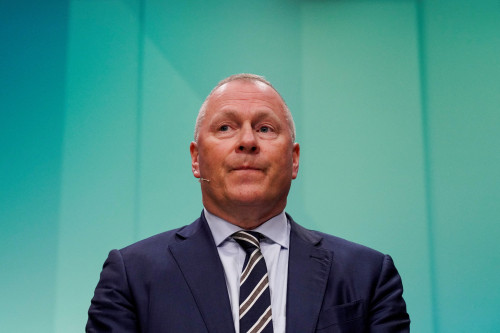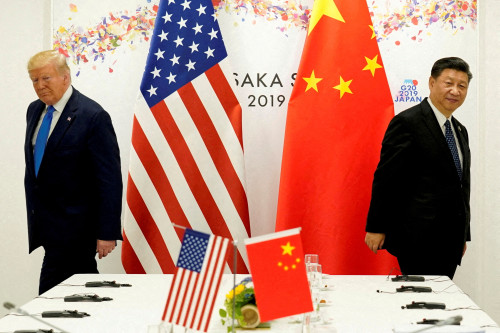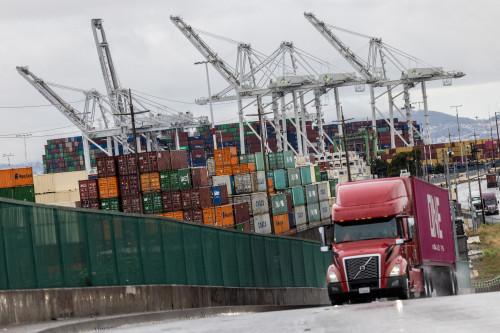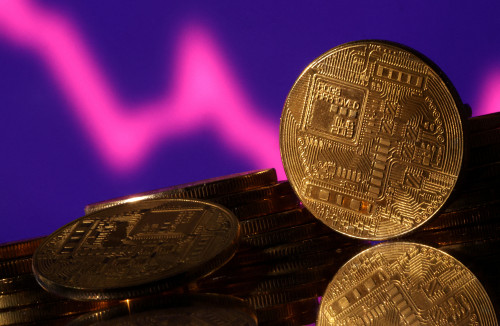By Clare Jim
HONG KONG (Reuters) – China announced “historic” steps last week to stabilise its crisis-hit property sector, aiming to clear inventory and boost homebuyer demand.
Here is what we know so far:
WHAT ARE THE NEW MEASURES?
The package includes cutting downpayment requirements and removing the floor for mortgage rates to entice buyers back into the market.
Local governments can instruct state-owned firms (SOEs) to purchase completed unsold apartments from property developers and convert them into social housing.
China’s central bank is setting up a 300 billion yuan ($41 billion) relending facility, which it said could result in 500 billion yuan worth of commercial bank financing for SOE purchases – equivalent to 0.4% of the country’s GDP.
Local governments can also repurchase idle land from developers, which would improve their cash flows.
WHAT OTHER MEASURES HAVE BEEN TAKEN PREVIOUSLY?
There have been repeated cuts to mortgage rates and downpayment requirements since 2022 and waves of loosening of purchase restrictions.
Authorities have also said 935 billion yuan in commercial bank lending has been approved for the completion of projects by developers.
The central bank has a 100 billion yuan financing programme for eight pilot cities to buy unsold homes for subsidised rental housing and a 500 billion yuan supplementary lending scheme for other real estate developments in the country.
WHY IS THIS PACKAGE IMPORTANT?
It’s the first nationwide government purchase programme for the property market since the sector’s bubble burst in 2021.
Home buying confidence may pick up and funding channels might unclog if households and banks feel that the government is prepared to become the buyer of last resort.
Comparisons have been made with the Troubled Asset Relief Program that the United States introduced to purchase toxic assets related to its subprime crisis in the late 2000s.
Some 96% of Chinese households own at least one home, while a third of them own at least two. Home vacancy rates were estimated at about 20% in 2017, the last time data was available.
HOW MANY HOMES COULD THE RELENDING FACILITY BUY?
Moody’s says the new funding is “a drop in the ocean” as it can only finance purchases for 4% of the value of the outstanding housing stock.
China had 391 million square meters (4.2 billion square feet) of completed and unsold homes at the end of April, equivalent to 6.6 Manhattans, official data show.
Including apartments still under construction, ANZ estimates total inventory of unsold homes will stand at 2.9 billion square metres at end-2024, almost twice the area of London.
Supply outpaces demand in the second-hand market as well.
The number of properties listed for sale was 20 times higher than the number of transactions in April, according to a survey of 14 cities by Zhuge Real Estate Data Research Centre.
WILL SOES AND BANKS PARTICIPATE IN THE NEW SCHEME?
Both lenders and SOEs may be reluctant to participate though how much leeway they will have to opt out is unclear.
For banks, lower mortgage rates hurt profitability and lower downpayments hurt their risk profile.
SOEs are unlikely to make a profit on purchases.
The central bank’s scheme comes with a 1.75% interest rate. Commercial banks would use the funds to finance 60% of the loans they offer to SOEs for purchases and charge a higher rate to account for the risk on the other 40%. Analysts estimate SOEs would have to pay around 2.5% interest for these loans, similar to average rental yields in China.
SOEs would also face vacancy risks once the units are repurposed for social housing as well as re-sale risks if they later try to sell.
The SOEs are owned by local governments, which already sit on $9 trillion worth of debt and would prefer not to have another underperforming asset on their books.
The previous 100 billion yuan central bank relending scheme launched in January 2023 has seen only 2 billion yuan drawn as of end-March.
($1 = 7.2395 Chinese yuan)
(Reporting by Clare Jim; Graphics by Kripa Jayaram; Editing by Marius Zaharia and Edwina Gibbs)





